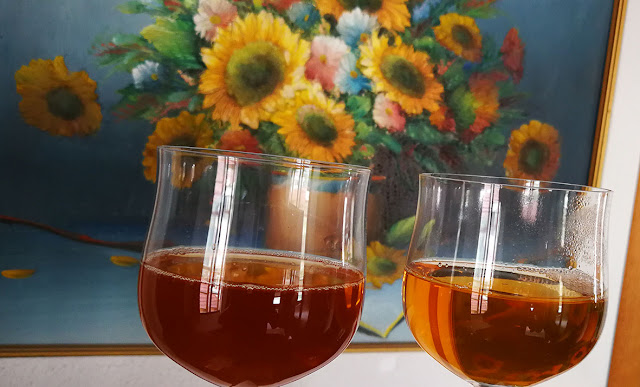When it comes to ageing puerh tea there are many variables that can influence how well a tea develops and age. Many things can and do go wrong. In part these risks combined with the time invested that stretches for multiple decades contribute to the escalating value of old tea. The 2 gushu teas from 2005 (Old Style) and 2011 (Modern Style) hold the distinction of being produced before and after the first crash in the Puerh Tea Market in 2007. Whilst the 6 years difference between the 2 teas is not long in terms of aging tea however the rapid and vast changes that occurred on the ground within the industry has been nothing short of spectacular. During the lead up to 2007 as the market grew the puerh industry was plagued with increasing corruption, deceit and bad practice. This eroded consumer’s confidence and cumulated in the historic crash that shook the industry. To survive businesses strived to create a new image and the market crash became the catalyst that pushed for change. Gushu tea became the poster child to revive the industry. The modern style of puerh gushu also gained momentum and introduced a friendlier and more approachable tea that could more easily entice drinkers. Green puerh tea that was once known for its youthful bitterness and rustic quality became mellow, sweet and aromatic. Consumers who enjoyed the fresh characteristics of tea welcomed the modern easy to drink style. Businesses embraced the change as selling young tea meant quick turnovers that were less risky and demanding than holding large inventories awaiting maturation. The new trend helped take growth into new markets and within a short time the modern style of puerh gushu dominated the industry.
Today as many tea enthusiasts enjoy the modern style of puerh gushu a growing number of established drinkers are raising questions on their long term ageing potential. To explore such a question perhaps there is no better way than to brew and drink both the old and modern style of puerh gushu and to observe both teas for ourselves. This sample pack offers tea enthusiasts that opportunity. Delve into a tea session and see - What has changed? How much has changed? Assess the differences between both styles. For those who are building a tea collection it is essential to be aware and to experience both styles of puerh gushu tea.
The sample pack (2 x 50g) allows tea enthusiasts to familiarize their senses with the subtle nuances and intricacies of both styles.
Contact for availability and price
varatphong@yahoo.com
Advice and Tips: To experience the full spectrum from both teas do not be afraid to push the brewing parameters. To highlight the differences between the 2 gushu teas it is recommended to conduct side by side brewing under a Gongfu session. The contrast and interplay of flavors/texture/feel that comes with interchangeably sipping each tea is a great way to experience and note the subtleness and nuances from both teas. Such an experience will open your senses and perception, revealing traits from each tea in a way that drinking each alone will not and vice versa. It should be noted that for the older style of puerh gushu boiling hot water and a thick clay brewing vessel will help to extract the compelling deep and elemental nature from the leaves. Attentiveness, a keen observation and repetition is vital in detecting and appreciating the subtleties of tea.
(Left) 2005 Gan En Nannuo (Right) 2011 Essence of Tea Nannuo - Both teas represent a premium grade of gushu from respected producers.






